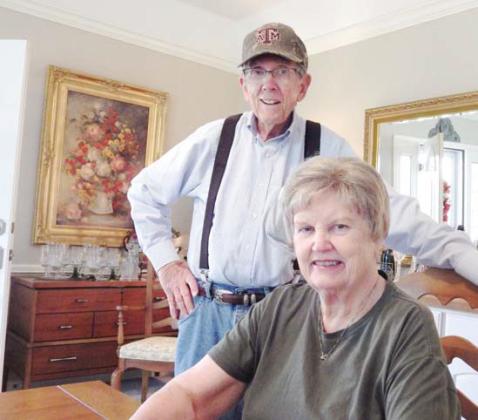Kikers Gin is an important landmark in the history of Dublin, but the journey to creating Kikers Gin actually started back before the civil war.
John Leander Kiker as a child had to figure what to do when his mother died when he was age 9. So he turned to his father James Henry, and grandfather John Michael Kiker for guidance. From them, he learned to become a model citizen. John Michael, in his younger years learned to work hard, was dedicated to family, community and was a patriot. When called to duty for the civil war, he preferred supporting duties such as being a cook, but as the war continued and he saw the war being lost he decided to join the troops. During battle he was shot through his stomach and was left for dead among the dying and wounded after battle. Medics later went out and were told to only pick up those who had a chance of survival. John Michael was left for dead.
One of the ambulance attendants, a good friend, defied orders from his captain. He went back and got John Michael and carried him on his shoulder out of the battlefield. He knew that he was shot through the stomach because the greens that he had for lunch were oosing out of the wound. A silk handkerchief was soaked in alcohol as a bandage was pulled through the wound daily removing the possibility of infection.
Surprisingly, he lived through the ordeal and after the war he and his brotherin- law, Jim Holcomb came west to Texas. They had little money, so Holcomb set off for the Klondike to hunt for his pot of gold. Most of those hunting for gold returned empty handed, but Holcomb returned with $5,000 in gold ore.
To get the ore’s full value, it needed to be minted. To do that, John Michael went to Pennsylvania, the location of the nearest mint. Returning, he started for the train station when he discovered that he had lost his ticket. He knew he couldn’t open his bag to pay for a ticket because robbery was always a possibility and he had a bag full of gold. A fellow Masonic Lodge member gave him $20 for a ticket to return to Stephenville. Being a Mason was important at that time because they could be trusted. He was careful to repay the money to his friend. From the $5,000 he spent $300 to buy the land in Upper Greens Creek.
In 1873, the same year they bought the land, the Kikers and Holcomb built a cotton gin on the property. There were no railroads in Erath County at that time so all of the gin machinery had to be brought in by wagon.
The gin itself was originally driven by a steam engine fired by the wood that was cleared from farmer’s cotton fields. That wood was stacked in the gin yard and when those farmers would bring their cotton for ginning, a credit for the wood was taken off their bill. Through the years the gin was also powered by coal from Thurber and later by oil that could be purchased in Dublin. (Lynda Mayfield, History 101, Greens Creek 12-7-2009) Eventually a school, two churches, a blacksmith shop, syrup and grist mills, and houses were located close to the gin. The gin was also used as a location to vote in elections. (The Dublin Citizen, 6-15-2017) Lynda Mayfield, greatgranddaughter of John Michael Kiker, the man who built the gin, remembers when it was in operation. She even remembers sleeping in the compress room despite the noise. (Stephenville Empire-Tribune, Alicia Pounds, 6-22-1998) Cotton had to be hand fed into the cotton gin equipment which was a dangerous process. “John Michael Kiker lost his right hand and part of his left one in the gin stands” according to Lynda. One of her uncles was also involved in an accident where the machine pulled most of his clothes off nearly pulling himself into the machine.
By 1900, there were 50 gins in Erath county, producing more than 40,000 bales. In 1902, cotton was selling for 18 cents a pound, but by 1908 the price had dropped to 5 cents. Cotton was becoming less of the farmers cash crop. Planting peanuts helped to replace cotton but it didn’t seem to be the big money maker that cotton was. As money from cotton became less, cotton gins closed and people started moving from the small communities close to Dublin. Kikers Gin was one of the last to close down and continued to operate until 1947. After closing, the remains of the gin stood on the property for the next 70 years. (Stephenville Empire-Tribune, Alicia Pounds, 6-221998) On June 13, 2017 Lynda and Dwain Mayfield placed a Texas Historical Commission Marker on the site honoring the history of Kikers Gin. Visit our museum at dublinhistorical. org.


